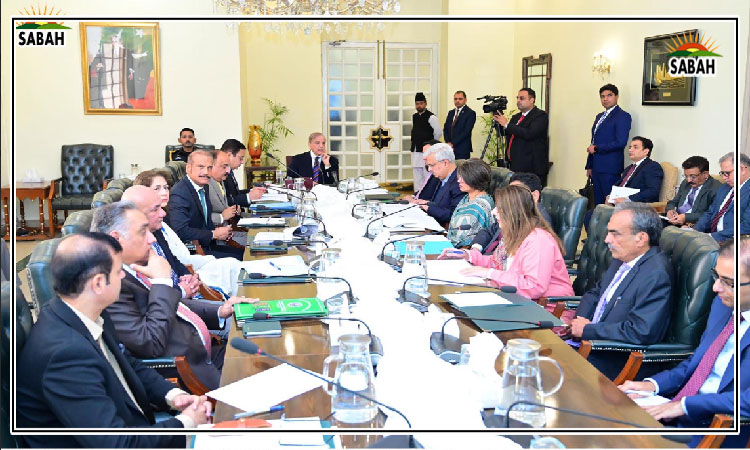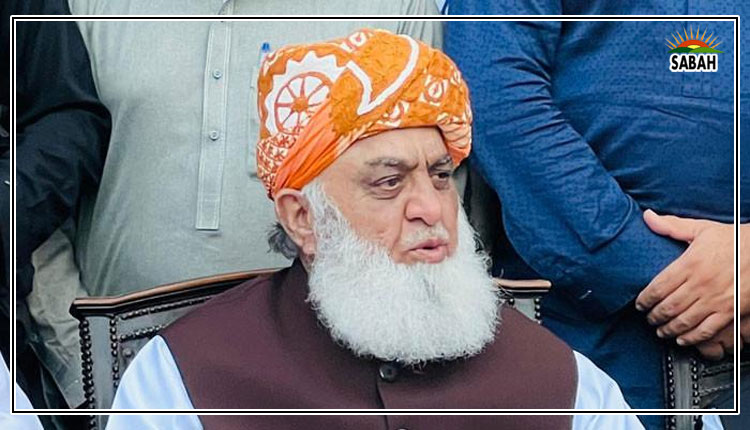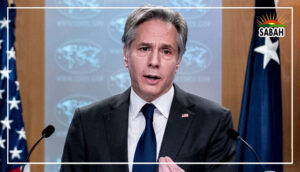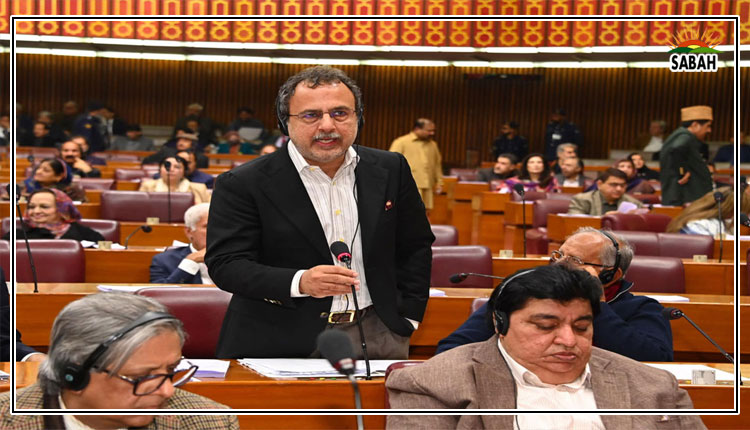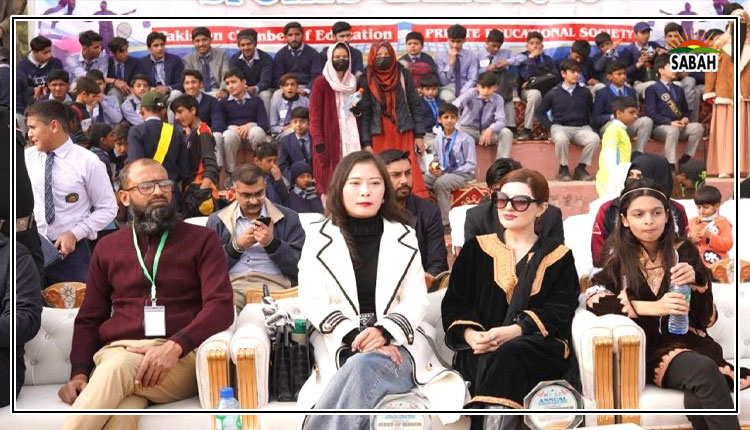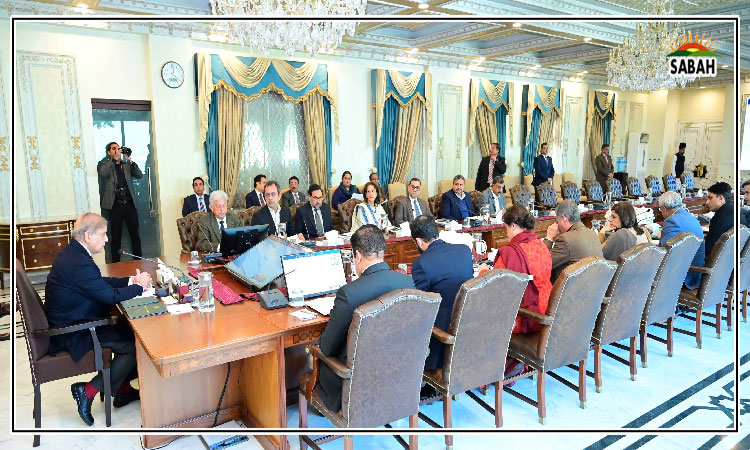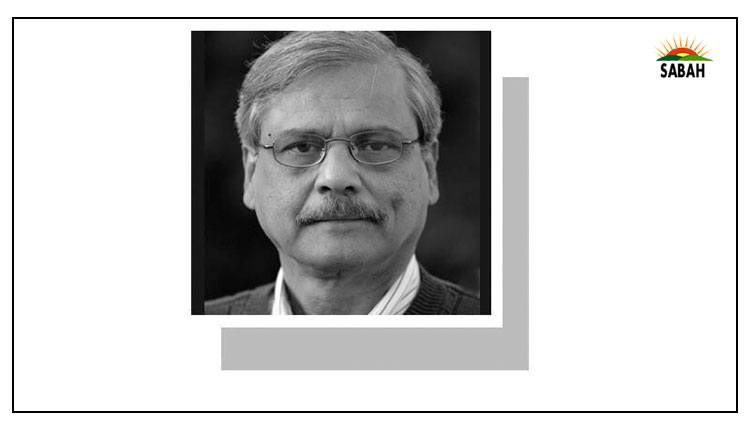Targeting upright judges…Zahid Hussain
IT cant get more sordid than this. The judges of the Islamabad High Court (IHC) who dared to speak out against the interference of intelligence agencies in judicial matters are now the target of a sleazy campaign questioning their integrity. Its not hard to fathom who is behind this character assassination drive. The deep state, it seems, has struck to silence resistance. But that may not be so easy with the bench and the bar rallying behind upright judges.
It all started with trolling on social media, particularly of two of the six IHC judges who had earlier this year penned a letter to the Supreme Court chief justice, detailing the harassment that they had allegedly experienced at the hands of the intelligence agencies. Then complaints were filed by some obscure persons against two of the judges Justice Babar Sattar and Justice Tariq Mehmood Jahangiri in the Supreme Judicial Council on fabricated charges.
It is apparent that the move was meant to pressurise the two who are hearing politically sensitive cases. Lately, questions were also being raised about Justice Jahangiris law degree. The judge is heading an election tribunal in Islamabad. Nothing could be more preposterous than such suspicions being levelled at a high court judge who has previously served as advocate general. The timing makes the allegations more dubious, with the judge hearing appeals against the election of PML-N MNAs.
There seems to be no cessation of the harassment of judges by the establishment.
Similarly, Justice Sattar has been hearing the audio leaks case. He seems to have drawn the ire of the deep state for questioning the role of the intelligence agencies in unauthorised phone tapping. In a letter to the IHC chief justice sometime ago, Justice Sattar said he was asked by a top security official not to pursue the charges. Before withdrawing its plea, the Intelligence Bureau had sought the judges recusal from the case.
While slapping a fine of Rs500,000 each on FIA, PTA and Pemra, Justice Sattar hinted at initiating contempt proceedings against the agencies. Unsurprisingly, it triggered a malicious campaign against him not only on social media but also in a section of mainstream electronic media, which purportedly has strong links with the administration and security establishment. Some of those involved have also been served notices by the IHC. Interestingly, the cabinet on Monday authorised the ISI to trace and intercept calls through any telecommunication system. The decision will certainly have an impact on the audio leaks case.
Another judge targeted by the vicious campaign is Justice Malik Shehzad, who was recently elevated to the Supreme Court. A complaint was filed against him by someone from Mansehra. As chief justice of the Lahore High Court, he had been quite vocal against the executives meddling in the judicial process. He initiated contempt proceedings against state officials on a complaint filed by the presiding judge of an anti-terrorism court in Sargodha alleging harassment by the agencies.
All that raises questions about the motive behind the complaint, which was based on a car accident, which took place some two years ago, and that allegedly involved a family member of the judge. There is something devious about the timing of the reference. It is not just the security establishment; there are also questions about the role of the executive in orchestrating the campaign against the judges. The government is completely silent on the matter. In fact, remarks by some cabinet ministers and PML-N officials give credence to suspicions of the governments encouragement to the campaign by sections of the media.
Meanwhile, there seems to be no cessation of the harassment of judges by the establishment or the executives meddling in the judicial process. The media trial of upright judges on concocted charges is the independent judiciarys biggest challenge. The campaign indicates the growing shadow of the security establishment over the system. It also threatens whatever is left of the democratic process. The resistance of the judges against intimidation is indeed commendable.
A full IHC bench has initiated contempt proceedings against the FIA and some other federal agencies. The court has warned that there would be an institutional response to the smear campaign. The IHC chief justice has rightly pointed out that it was the responsibility of Pemra, PTA, and FIA to stop such campaigns. Bar associations have also extended support to the targeted judges.
Most worrisome is the role of a section of the electronic media, which is being used to malign the judges who refused to bow to pressure. It also shows the blatant misuse of social media in spreading fake news. But the main question revolves around stopping the security establishments alleged meddling and harassment of judges. The rot is much deeper than it seems.
The main responsibility lies with the apex court and its chief justice to safeguard the independence of the judiciary. Unfortunately, the Supreme Court has yet to take action on the letter by the six IHC judges narrating incidents of intimidation. It is certainly not the first time that cases of harassment and interference by the security establishment in the judicial process have been reported. But the collective letter by the IHC judges was most damning.
After some apparent hesitation, the chief justice took suo motu notice of the letter and initially a seven-member bench was formed to hear the case. Later, it was decided to bring the case before a full court. But some three months on, the hearing is yet to begin. Delaying such an important issue is beyond comprehension. The inaction provides impunity to the illegal action by the establishment and the executive. The smear campaign against the judges who dared to speak out is one such example. The IHC judges have refused to surrender before the blackmailing and intimidation and now it is up to the chief justice to uphold the sanctity of the judicial institution.
Courtesy Dawn



